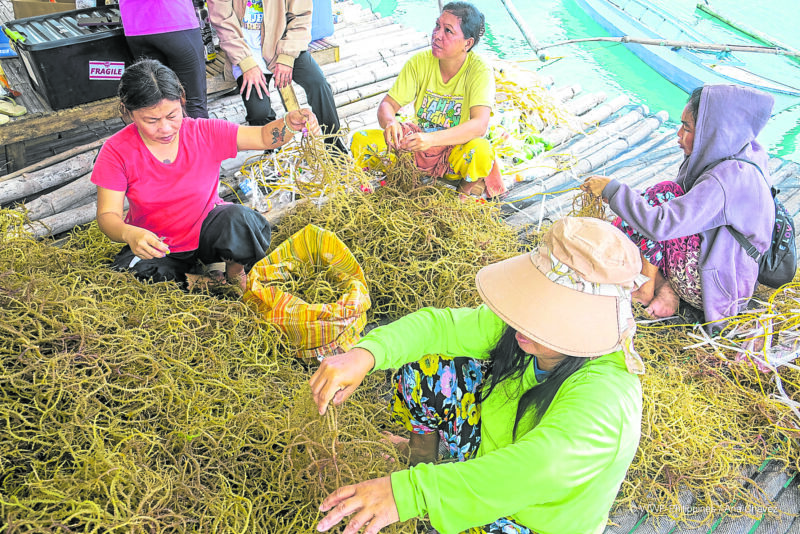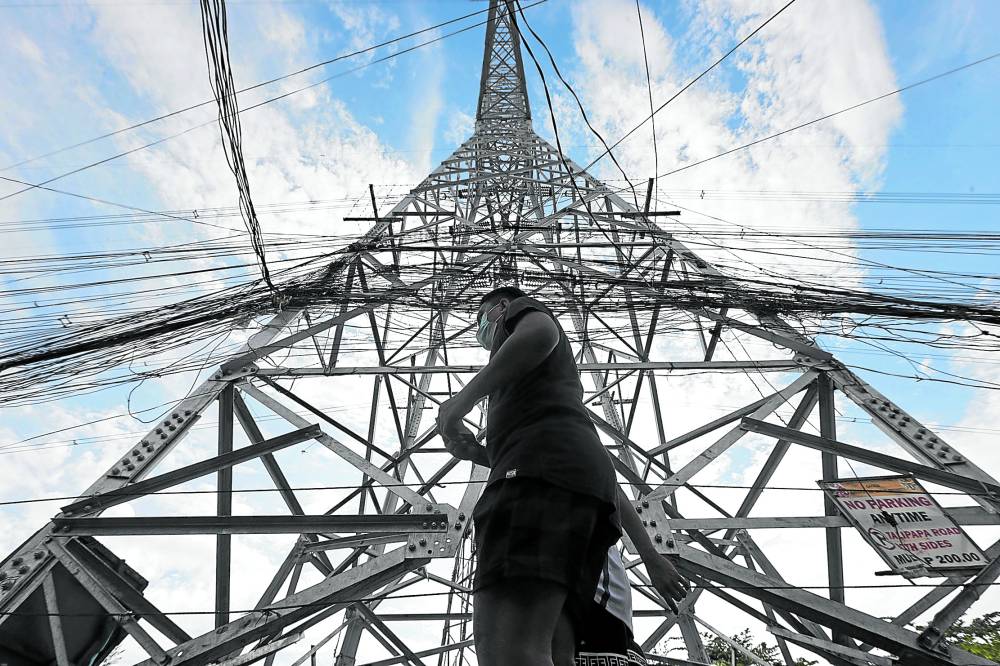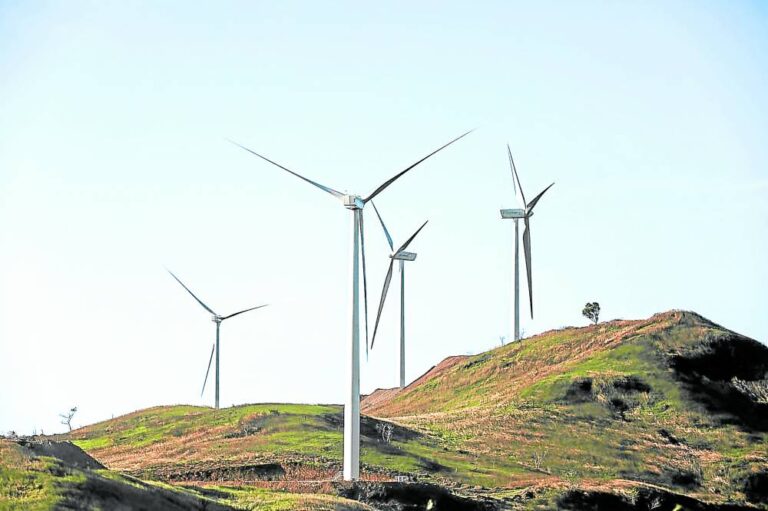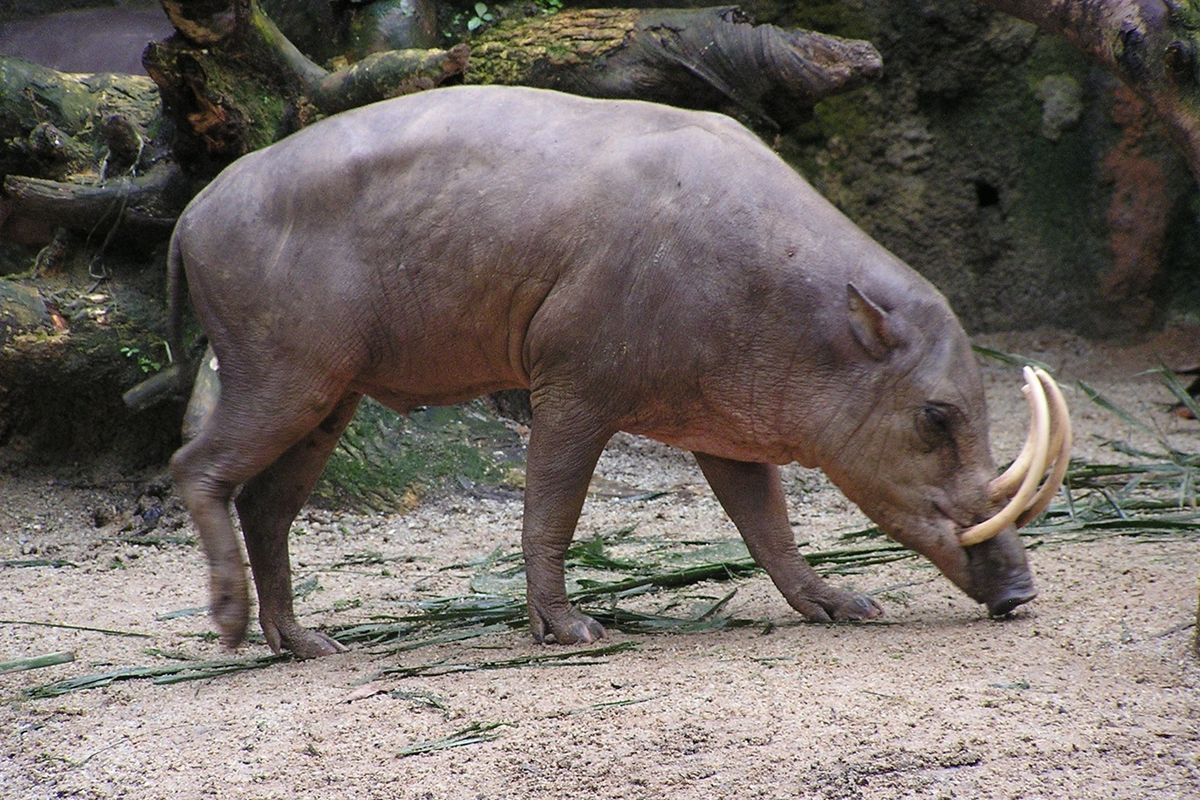The presence of wide reef areas and coastal shelves in Palawan has made the province conducive to farming seaweed over the years. However, recent typhoons have exposed its vulnerability to extreme weather events.
In 2021, Supertyphoon “Odette” swept away the floating seaweeds of Palaweño farmers and resulted to about P3 billion in agricultural damages to the island province.
Faced with the challenge of rebuilding, the Amogues Fisherfolk Association, a group of seaweed farmers based in Sitio Amogues, Taytay, started working with WWF-Philippines under the Sustainable Seaweed Production in Northeastern Palawan Project.

Over the years, the farmers would tie seaweed seedlings to ropes with attached floaters, deposit the floating seaweeds in the open sea, and harvest them after 45 days. Ideally, they would re-tie the seaweeds monthly for them to grow as much as possible, but they often had to harvest and sell a portion to meet their immediate financial needs. Harvesting the seaweeds before they reach their optimum weight leads to potential losses, including hefty operational expenses on return trips.
The association decided to build their own seaweed nursery with a floating guardhouse. The members would take shifts at the house, during which they would also tie seedlings, saving them time, energy, and expenses in return trips and renting spaces.
When there was no nursery, we were tying seedlings here (at the shore) and we had to pay for the space to harvest and plant. Today, we would tie the seedlings at the guardhouse… so our work became easier, said Jocelyn Ibanez, treasurer of the Amogues Fisherfolk Association.




